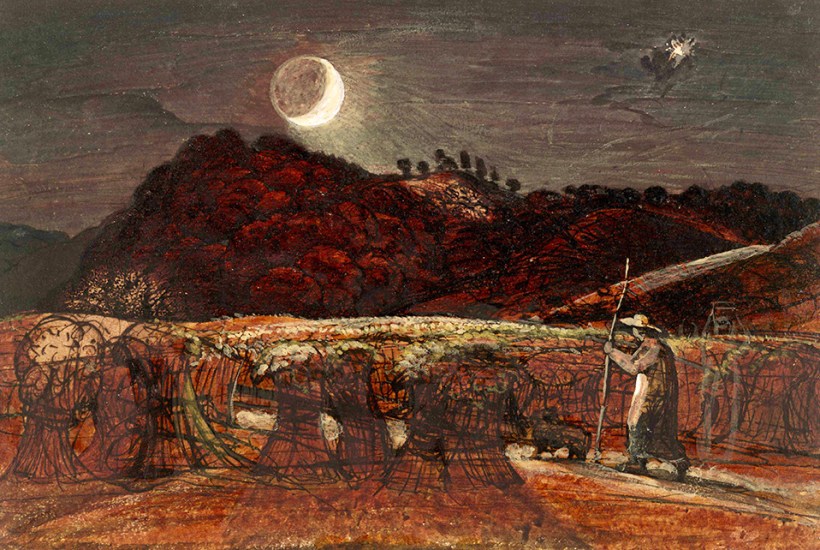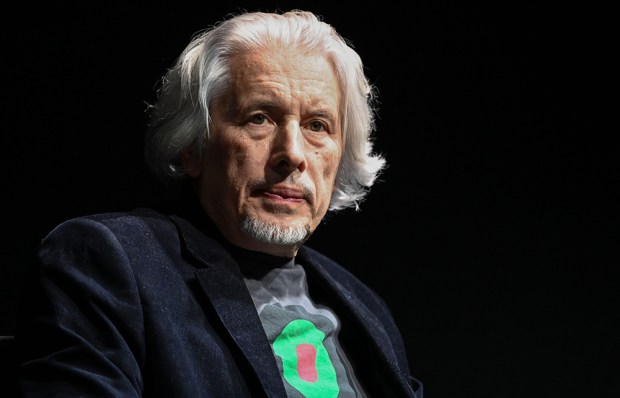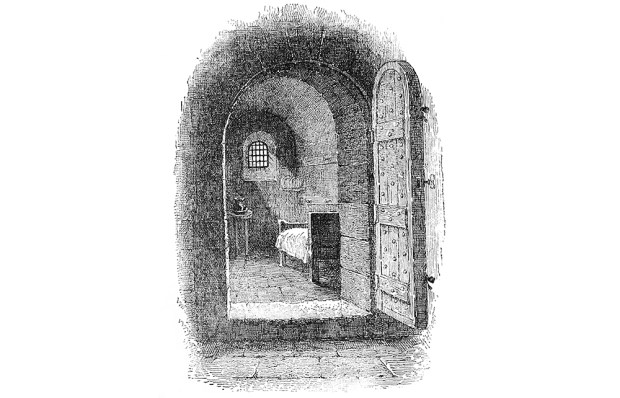John Lewis-Stempel is nearly as prolific as the natural world about which he writes so well. His voice is distinctive – that of a traditional agriculturist of lyrical articulacy, an observant ecologist who finds mythopoeic magic in everyday animals, who honours his Herefordshire origins but addresses all England.
As with his monographs on meadows and ponds, Nightwalking looks at under-appreciated aspects of the rural scene – this time, the most enigmatic of all. Like Robert Frost, poets often aspire to be ‘acquainted with the night’, and many are cited here. But even lifelong country dwellers scarcely know the hours between dusk and cockcrow, when gloom comes down over suddenly unfamiliar fields, while city residents hardly notice what waits where the street lights straggle out. Lewis-Stempel ventures alertly into this obverse universe where man no longer has the advantage. Nightwalking is the opposite of somnambulism. This is England in infra-red.
It is Herefordshire specifically that the author explores, season by season, with forays into France’s Charentes to encounter tense wild boar and rejoice in nightingales. In the accompanying illustrations, the black-and-white half-timbering of his county’s vernacular buildings help fix his genius loci, and suit the muted moonlight of one of England’s least light-polluted counties.
He usually takes his dog, because solitary noctambulists arouse atavistic fears – and, on one occasion, even anger from a drunken driver on a midnight lane. Writer and retriever pad unobtrusively across starry spaces, by turns in sable shadow, dappled greyscale or light bright enough to read by. ‘For a few minutes the dog and I were original and Neolithic, the first man and his dog trudging across the star-polished tundra for the cave.’
He meets beasts unused to humans out by night, and further disarmed by his capacity for stillness. He witnesses rare vignettes of animal intimacy. The ‘tumbling umbras’ of fox cubs pause from playing as he passes, then resume their life-preparing game. Hares run into the ring in March’s arenas, or dash past like demiurges – moon-associated animals of augury in many cultures that, even in the age of Attenborough, chase ‘along the cusp of reality’. An otter eating a rat slithers on to the bank of the Monnow. A stoat chases its shadow lunatically in a clearing, either out of ludic glee or crazed by brain parasites. At the summer solstice, the author’s own horses prance and rear around him as if suddenly possessed by Puck and pull at his sleeve as if wanting him to run with them. ‘A Spirograph of spirals and curves’ signals a snake breaking the quicksilver mirror of a pond. Cattle in a frosty field are magnified into aurochs, or transfigured into witnesses to the Nativity.
Unearthly lights emanate from unexpected places. Albescent moths flutter in from the backdrop of A Midsummer Night’s Dream to feast on bioluminescent flora; marshes exude azure ignis fatuus; glow-worms light lamps in soaking grass. Snow sheets radiate whiter than white under the black sky, dalmatianed with the slots of deer. Straw seen under a harvest moon is the silver gilt of a Saxon hoard. One night he sees a moonbow, an ivory arch linking the firmament and Earth: ‘I falter, feel afraid, as though I have been singled for some almighty moment of revelation.’ If there are ghosts out here they are beautiful and benign, exultant or wistful spirits of place. Nothing could be ill met by this moonlight.
Diminished vision is compensated for by acuter hearing and sense of smell. The author is newly conscious of the complex bouquets of night blooms and the clicks of bats. Grasses swish with significance, trees shake and squeak and shed their branches, and tawny owls call as larger, unseen creatures crash away. Scents impose from everywhere, carried on warm airs – petrichor of soils, pheromones of flowers, musk of fox. Touch assumes new importance too, as he sometimes needs to feel his way by tree barks. Everything feels immense and intense.
This is a small book, yet it conveys memorably the magnitude and majesty of its subject – a charming blend of nature diary, sound archive and scent library. It can even be seen as a kind of dictionary in which, like Byron’s nightwandering Manfred, we can learn ‘the language of another world’.
The post England in infra-red: the beauty of the country at night appeared first on The Spectator.
Got something to add? Join the discussion and comment below.
Get 10 issues for just $10
Subscribe to The Spectator Australia today for the next 10 magazine issues, plus full online access, for just $10.
You might disagree with half of it, but you’ll enjoy reading all of it. Try your first month for free, then just $2 a week for the remainder of your first year.














Comments
Don't miss out
Join the conversation with other Spectator Australia readers. Subscribe to leave a comment.
SUBSCRIBEAlready a subscriber? Log in